Expansion of the Animal Feed Sector
The expansion of the animal feed sector is a crucial driver for the chelated trace-minerals market. As the demand for meat, dairy, and other animal products continues to rise, feed manufacturers are increasingly incorporating chelated trace minerals to enhance the nutritional profile of their products. This trend is particularly pronounced in the poultry and aquaculture industries, where the need for improved feed efficiency and animal health is paramount. Reports indicate that the animal feed market is projected to grow at a CAGR of around 4% through the next few years, which will likely boost the demand for chelated trace minerals. Consequently, the chelated trace-minerals market stands to benefit significantly from this expansion.
Focus on Sustainable Agriculture Practices
The focus on sustainable agriculture practices is emerging as a vital driver for the chelated trace-minerals market. As farmers and producers seek to adopt more environmentally friendly methods, the use of chelated trace minerals is gaining traction due to their efficiency and reduced environmental impact. These minerals can enhance soil health and crop yield while minimizing the need for synthetic fertilizers. The increasing emphasis on sustainability is reflected in various agricultural policies and consumer preferences, which favor products that support eco-friendly practices. This shift is likely to create new opportunities for the chelated trace-minerals market, as stakeholders look for solutions that align with sustainable agricultural goals.
Increasing Awareness of Nutritional Benefits
The growing awareness regarding the nutritional benefits of trace minerals is a pivotal driver for the chelated trace-minerals market. As consumers become more informed about the role of trace minerals in health and wellness, the demand for products containing these minerals is likely to rise. This trend is particularly evident in the animal nutrition sector, where farmers and producers are increasingly recognizing the importance of chelated trace minerals in enhancing livestock health and productivity. Reports indicate that the market for animal feed additives, including chelated trace minerals, is projected to grow at a CAGR of approximately 6% over the next few years. This increasing awareness is expected to significantly influence purchasing decisions, thereby propelling the growth of the chelated trace-minerals market.
Technological Advancements in Mineral Chelation
Technological advancements in the chelation process are transforming the chelated trace-minerals market. Innovations in production techniques are enhancing the bioavailability and absorption rates of trace minerals, making them more effective for both human and animal consumption. For instance, the development of new chelating agents and methods has improved the stability and solubility of these minerals, which is crucial for their efficacy. As a result, manufacturers are increasingly investing in research and development to create superior products. This focus on innovation is expected to drive market growth, as consumers and producers alike seek out high-quality chelated trace minerals that offer better health benefits. The chelated trace-minerals market is thus likely to see a surge in demand for technologically advanced products.
Rising Demand for Functional Foods and Supplements
The rising demand for functional foods and dietary supplements is a significant driver for the chelated trace-minerals market. As consumers become more health-conscious, there is a noticeable shift towards products that offer additional health benefits beyond basic nutrition. Chelated trace minerals are increasingly being incorporated into functional foods and supplements due to their enhanced bioavailability and effectiveness. Market data suggests that the dietary supplements sector is expected to reach a valuation of over $200 billion by 2026, with a substantial portion attributed to the inclusion of chelated trace minerals. This trend indicates a growing consumer preference for products that support overall health, thereby positively impacting the chelated trace-minerals market.


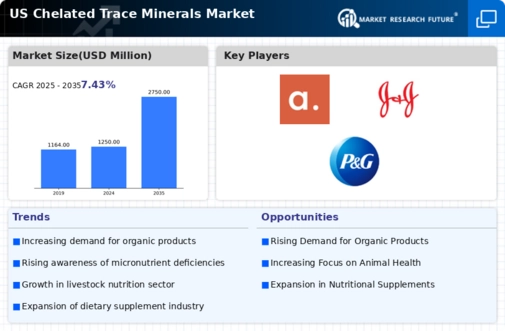
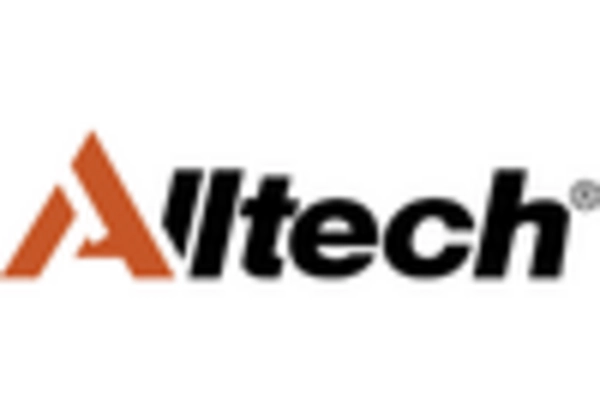
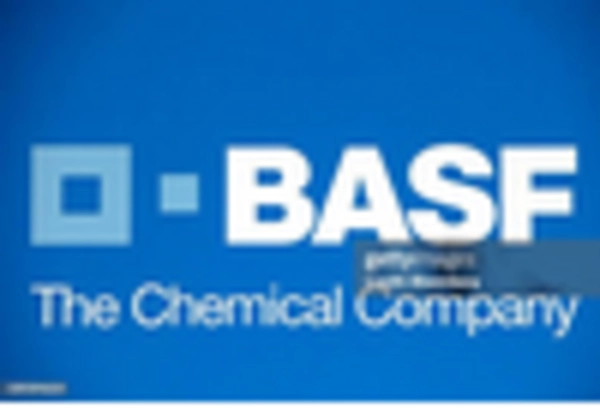
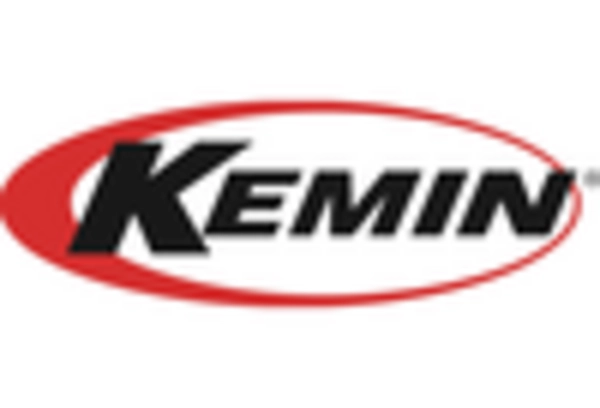
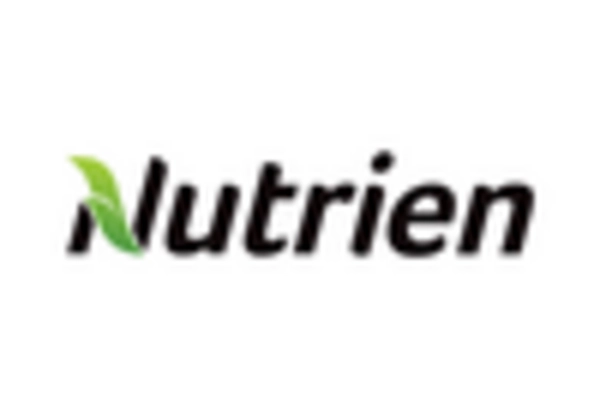
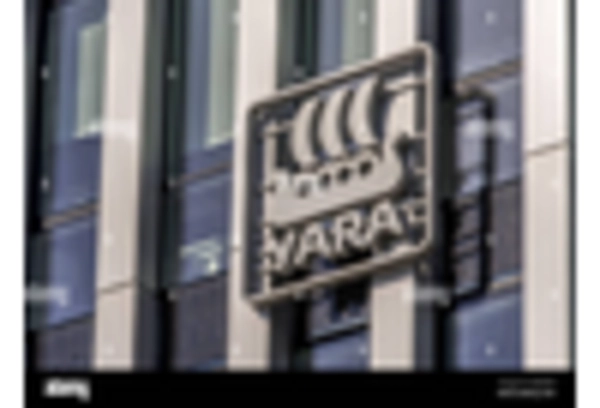
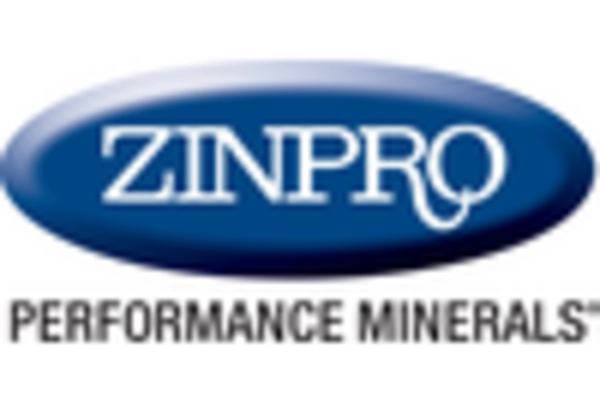








Leave a Comment